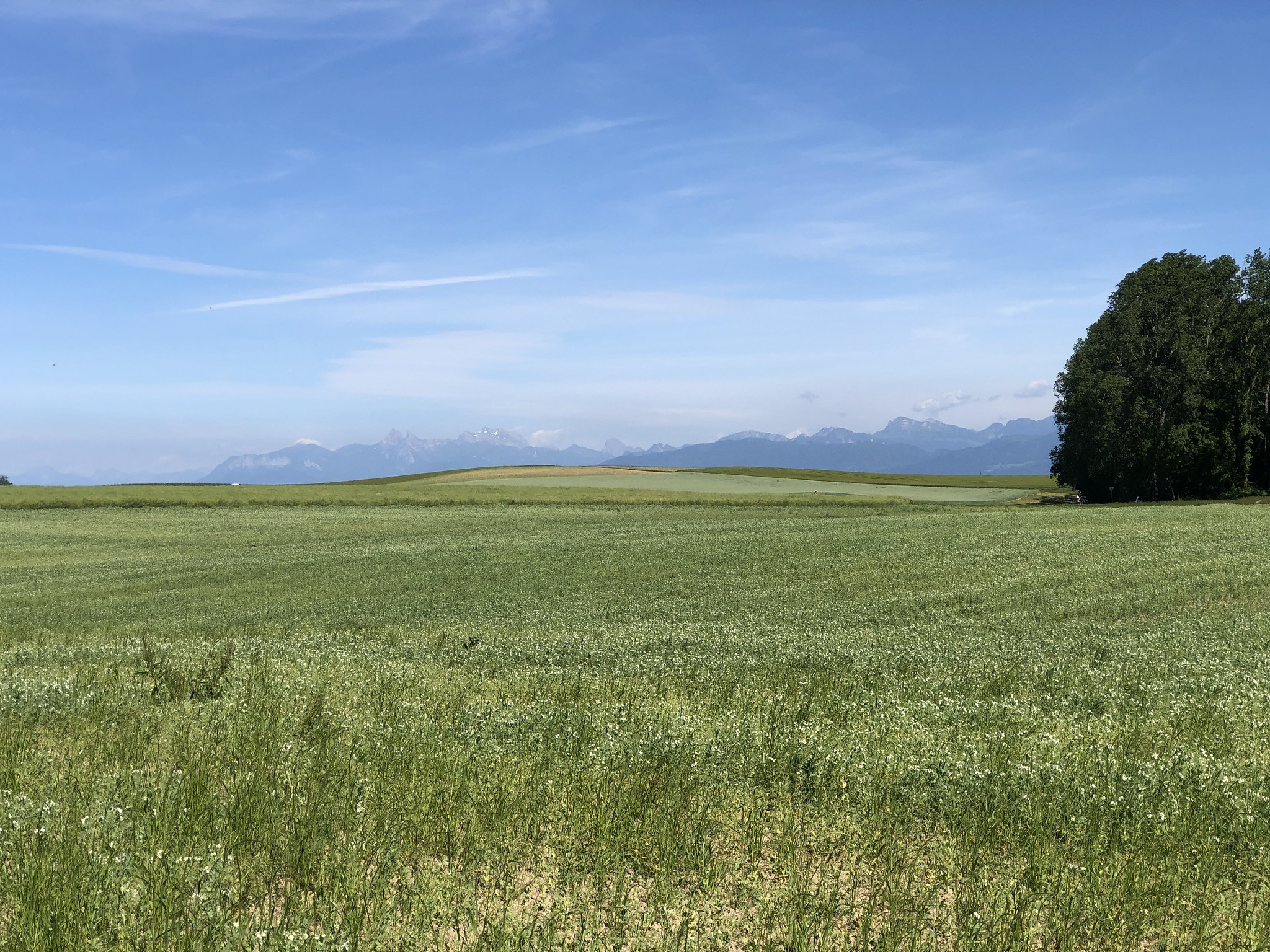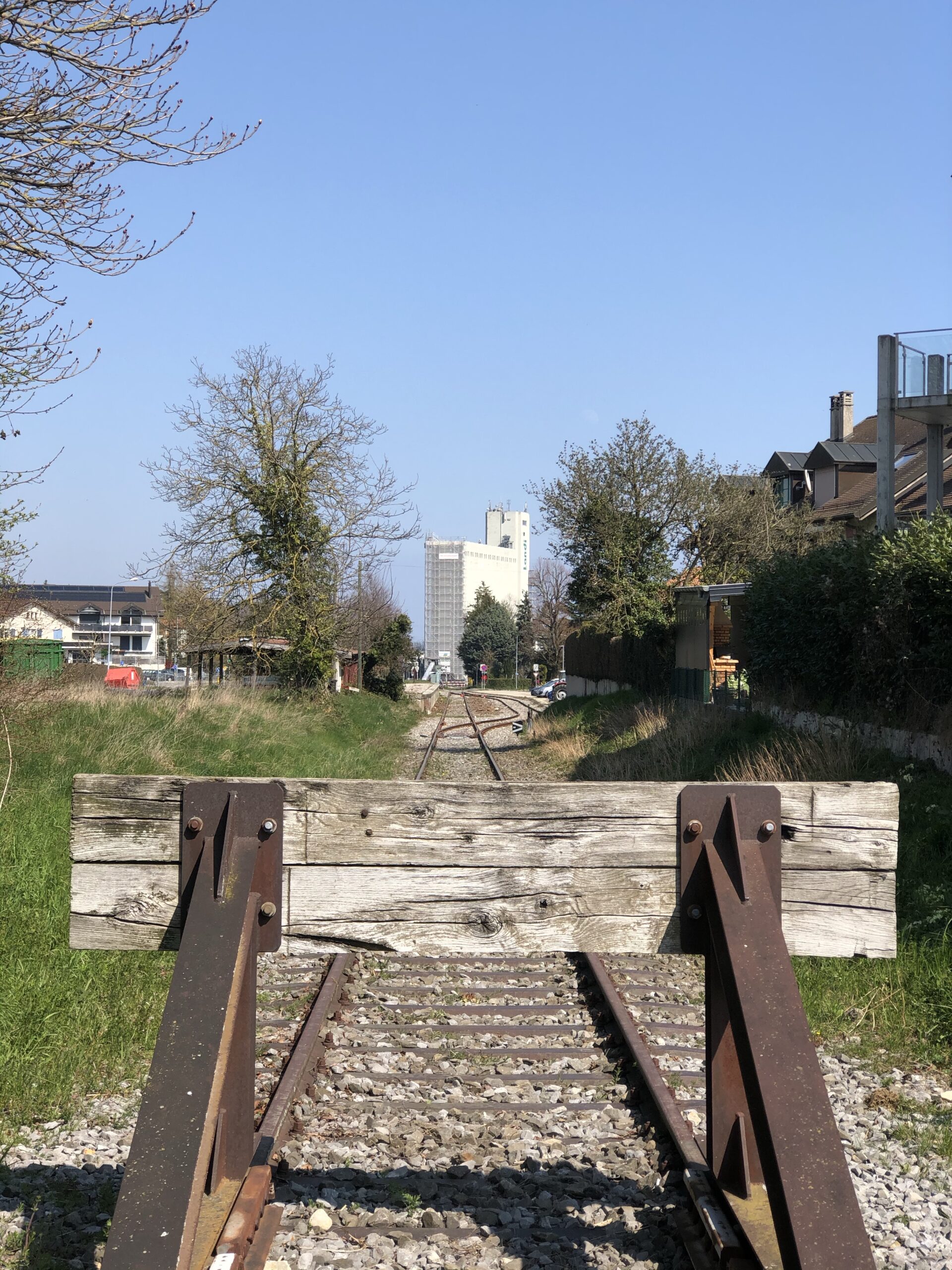Tag: graphs
-

Day 74 of Self-Isolation in Switzerland – Looking At Swiss COVID-19 Case Graphs
Reading Time: 3 minutesFor several days I have not been looking as seriously at the COVID-19 case graphs for Switzerland because we the storm waves of new cases that we were getting before are now no more than ripples on a pond. The situation seems to be under control in Switzerland. As we look at…
-

Day Nineteen of ORCA in Switzerland – TGIF
Reading Time: 3 minutesDo you have that TGIF feeling like no one else does? In theory today is the day when people are happy, knowing that the weekend is about to start and they can do the things they love for the next two days. In this context though, that is unlikely. We’re meant to…